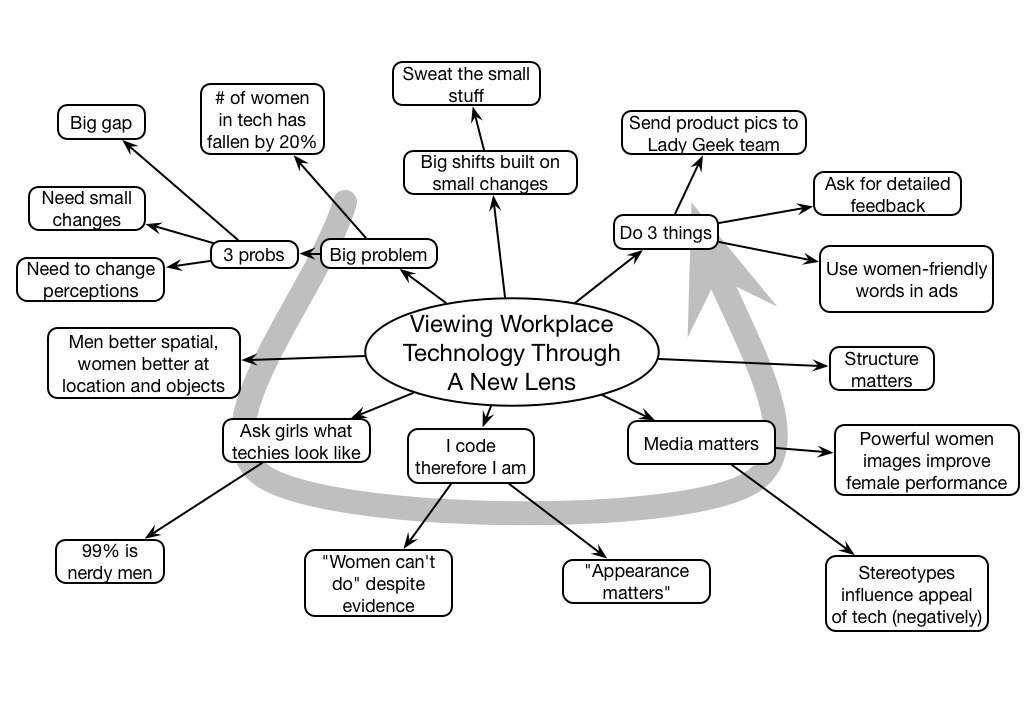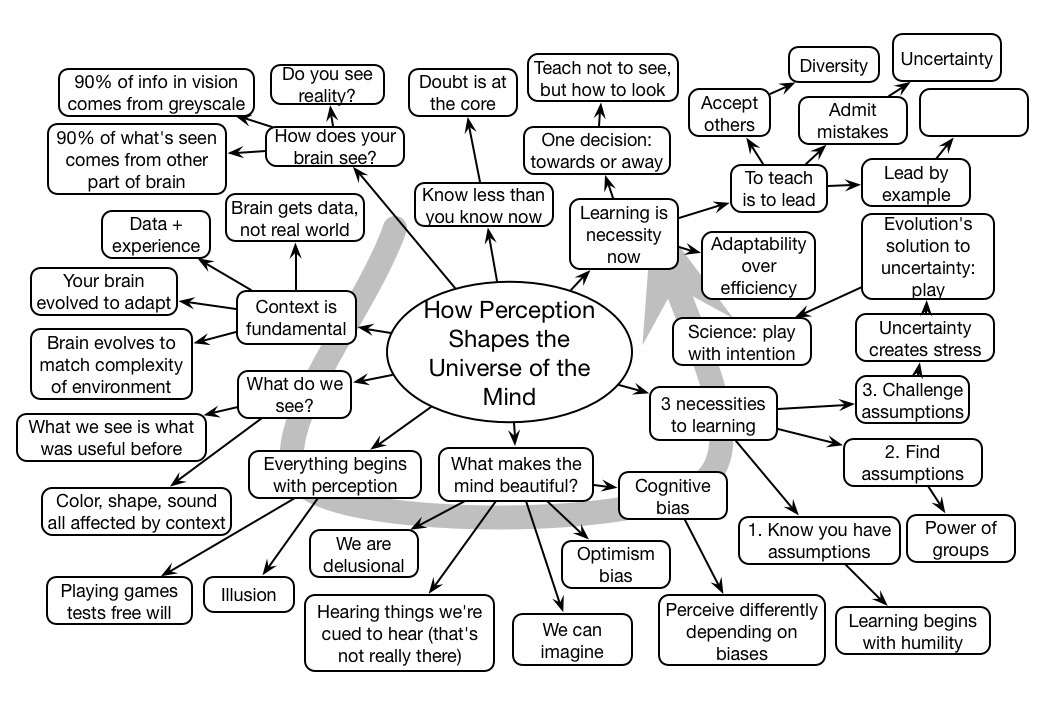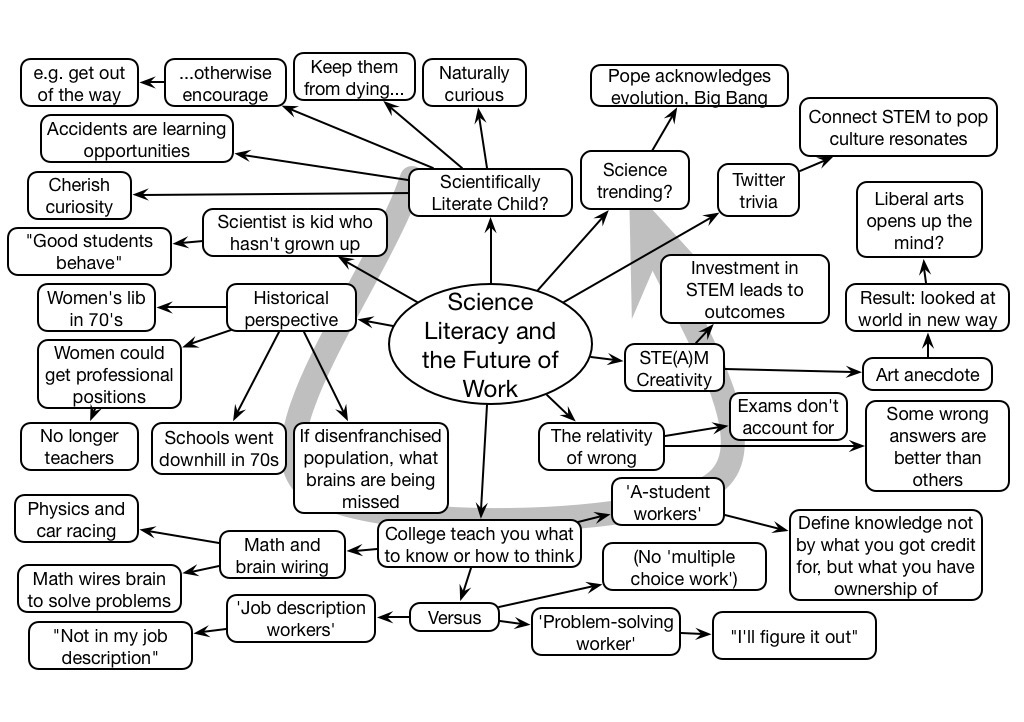The eLearning Guild, in queuing up interest in their Learning Solutions/Performance Ecosystem conference, asked for some thoughts on the role of technology and training. And, of course, I obliged. You can see them here.
In short, I said that technology can augment what we already do, serving to fill in gaps between what we desired and what we could deliver, and it also gave us some transformative capabilities. That is, we can make the face to face time more effective, extend the learning beyond the classroom, and move the classroom beyond the physical space.
The real key, a theme I find myself thumping more and more often, is that we can’t use technology in ineffective ways. We need to use technology in ways that align with how we think, work, and learn. And that’s all too rare. We can do amazing things, if: we muster the will and resources, do the due diligence on what would be a principled approach, and then do the cycles of develop and iteration to get us to where the solution is working as it should.
Again, the full thoughts can be found on their blog.


